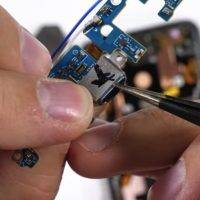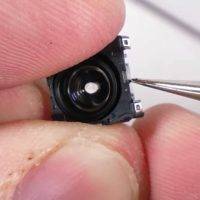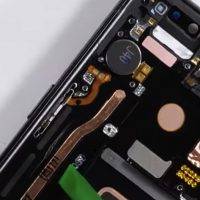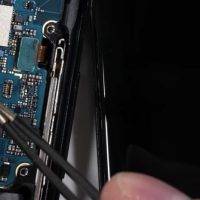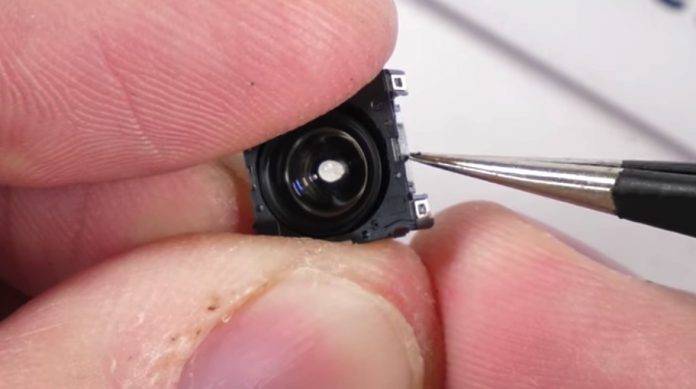
A recent teardown video of the Samsung Galaxy S9+ showed us fancy camera aperture tricks. The teardown treatment was done by iFixit and now it’s time for Zack Nelson of JerryRigEverything to check the insides of the smartphone himself. He’s no stranger to us having published dozens of durability tests. If not those stress tests, he would show us how-to videos of modding a phone panel into a clear one which is simply peeling off the paint. The new Galaxy S9 Teardown reveals the variable aperture camera lens. We’re curious about the imaging part because of the reimagined camera and the fact that it’s been getting positive reviews.
The Samsung Galaxy S9+ currently holds the top rank at DxoMark. Watch the video below so you will have an idea how the Galaxy S9’s cameras, lenses, and flashes are placed carefully and strategically inside:
Opening a glass panel has always been easy for Zack Nelson with the use of a hairdryer and some prying tool. Once opened, you see 15 small screws holding the black plastics and the wireless charging coil. Carefully removing those coil, bottom loud speaker, and the center plastic reveal more components. Unplug the battery by trying to remove some adhesives. It’s a bit challenging but a hairdryer softens the glue.
Moving on to the front-facing camera, we see an 8MP and HDR capable unit. The standards are there: SIM card tray, rubber ring that keeps the water out, and a water damage indicator. There is a little circular coin vibration motor with golden contact pads.
The camera is one of the biggest improvements of the S9. For this reason, JerryRigEverything tears down the camera system. There’s the optical image stabilization and the variable aperture. As explained, the latter changes how much light can hit the sensor. The aperture variation happens on the exterior of the lens. There is an up-down internal switch that can manually open and close the circle.
This is new for a phone camera but it is the same one you can find inside a professional DSLR camera. Underneath is a multicolor 12MP rectangle that receives light through the lens and turns it into an image for the phone.
SOURCE: JerryRigEverything




